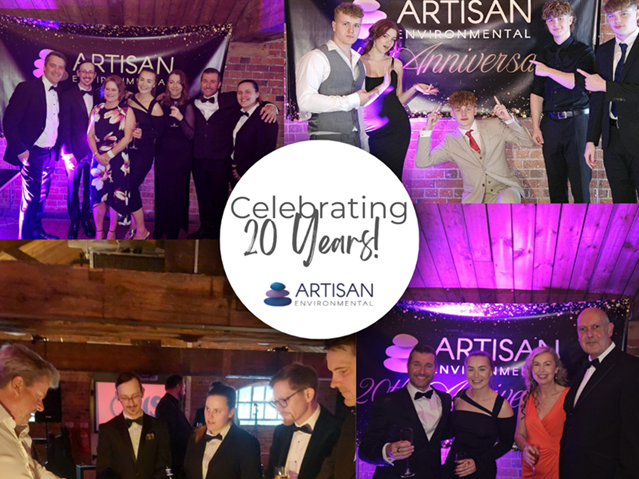
Risk Assessment Unleashed: Empowering Businesses with Our Cutting-Edge Software
Effectively managing risks is crucial for the success and sustainability of any organisation. Recognising this
Health and Safety Software » Health and Safety » Excavation work: Health and Safety Considerations

Health and safety considerations for excavation work
Management strategies for excavation work
Specific management strategies for some common excavation hazards
Excavation work can be a dangerous activity, but the risks can be reduced by implementing appropriate management strategies. By carefully planning the work, training workers, supervising the work, and inspecting the work regularly, employers can help to protect their workers from injuries and fatalities.
Additional tips for management
By taking these steps, employers can help to create a safe and healthy work environment for all employees involved in excavation work.
The iProtectU health and safety software provides:
Arrange your demonstration
Let us show you how we can transform your compliance management
Choose a date and time for your demo (no obligation) and we will be in touch.

Effectively managing risks is crucial for the success and sustainability of any organisation. Recognising this

Artisan Environmental recently marked two decades of delivering specialist asbestos consultancy, inspection and health &

iCertifyU is an App which provides free eLearning for everyone, whether you are an employee,

According to recent research, almost half of UK tradespeople view asbestos as a problem of

31st October 2025 represents the deadline for organisations to transition their Information Security Management System

According to a recent head protection survey, only 15% of workers who should be wearing